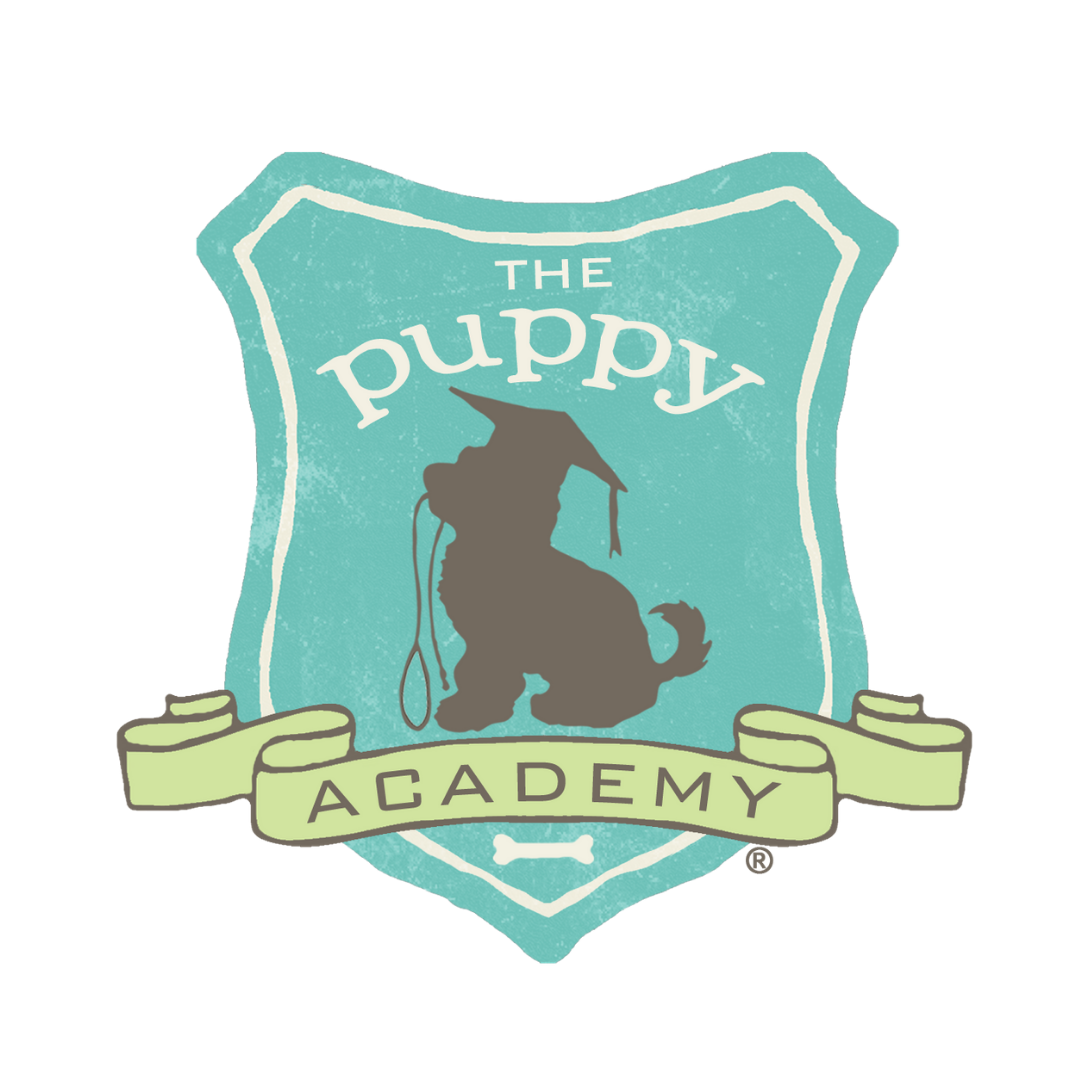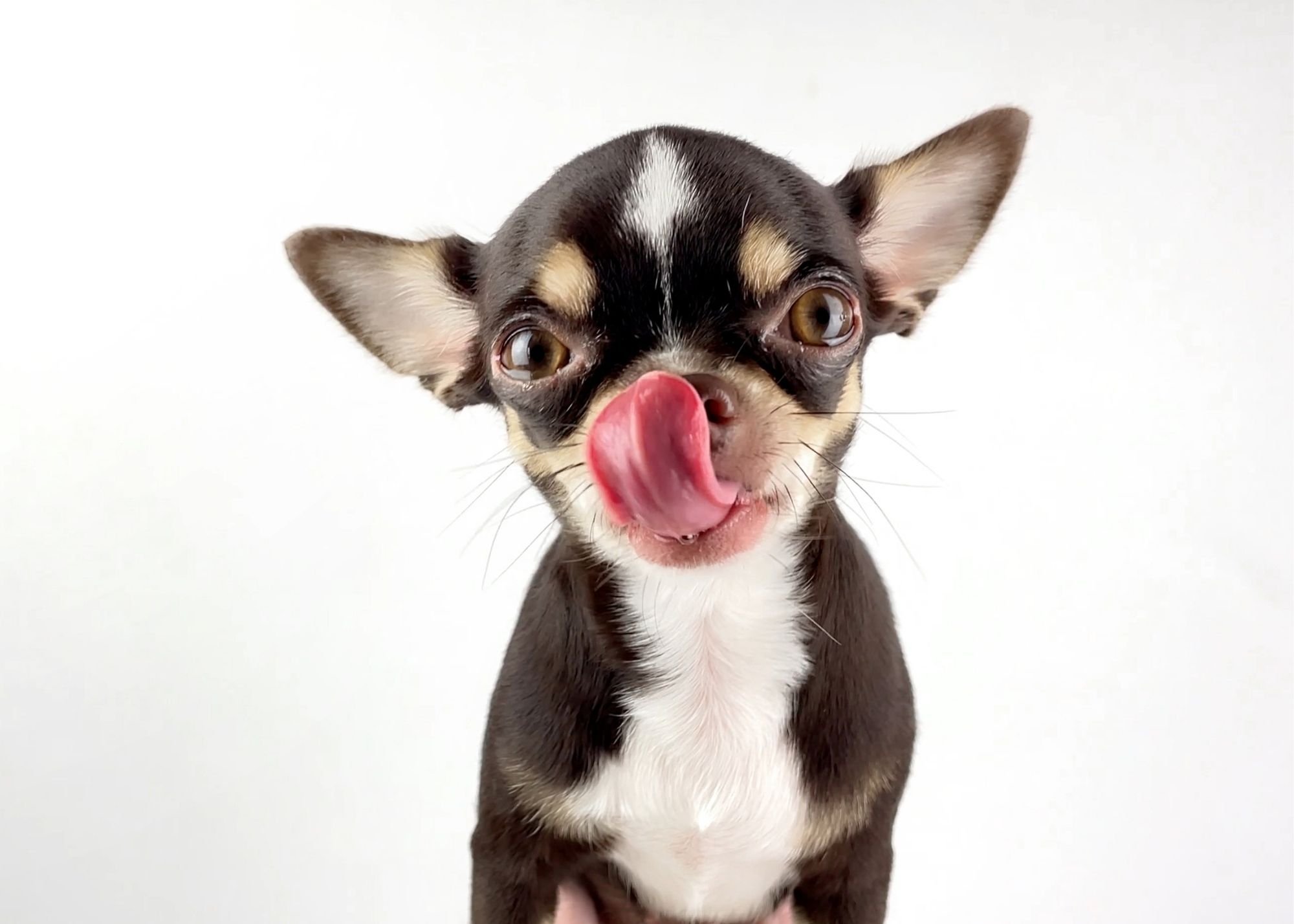Follow the tips below to quickly and easily teach your puppy their brand new name!
One of the very first, if not THE very first thing you will train your puppy is to respond to their name!
Your puppy’s name helps establish initial communication between the two of you, gains their attention when you need to, and helps facilitate teaching your puppy obedience commands and coming to you when called.
Hi! My Name is ______
Whatever name you picked for your puppy, start using it from day one!
Puppies can learn their names quickly (most can pick it up within 1-3 days!) but generally, you’ll want to practice using their name regularly. A good way to start teaching your puppy their name is to use it to gain their attention by saying their name and rewarding them when they look at you!.
By creating a positive association for your puppy responding whenever you say their name, you’re reinforcing that behavior, establishing this good habit, and getting your puppy used to their new name!
Tip: Nicknames are cute but in those first few days, refrain from using anything other than your puppy’s proper name to avoid any confusion!
Use food as a motivator
Use food as a reinforcer and reward!
Food rewards and using a food lure work wonders to speed up the name-learning process! Not only are they excellent puppy motivators, but they also reward and reinforce the behaviors your want to see more of.
In the beginning, when you say your puppy’s name the first few times, they may just look at you out of curiosity. But if you say their name and give a quick reward when they look at you, it will help establish that this sound has a good — and delicious — outcome.
To practice, take your puppy to a spot in your home with minimal or no distractions. A harness and leash can be super helpful in this process too, so your pup doesn’t wander off! With your puppy in front of you, gain their attention by saying your puppy’s name clearly, then put a treat in front of their nose and guide that same piece of food up to your eyes (which will draw their eyes up to yours to establish eye contact). Next, say “Good!” when they look at you and reward them with the treat! Check out our video later in this blog for s step-by-step on how to do this!
We recommend our students’ parents to do training sessions like these at their mealtime, and use a portion of that food for training. Puppies love to work (especially for their food!) and it’s a great way to combine mental and physical activity, while you speed up the process of teaching them their name.
As they get better, you can start adding obedience commands to these training sessions to ensure they respond consistently to their given name when said out loud This can sound like, “Puppy, Sit. Good!” and then give them food reward for listening!
Tip: If your puppy isn’t that food-motivated, you can try using a higher value treat or their favorite toy instead!
Practice using your puppy’s name regularly
Repeat this name exercise daily for about three to five minutes a session. You can split up practice sessions by keeping some of their food on you and saying their name throughout the day anytime you are seeking to gain your puppy’s attention and rewarding them when they respond.
Shorter training sessions are better in the beginning as young puppies don’t have very long attention spans and can get tired and start tuning out.
New owners sometimes make the mistake of trying to get their puppy to learn too much too soon. And the same goes for learning their name! If you notice your pup's attention starts to fade during the training session, switch it up and finish up with some playtime. Always end training with fun to keep your puppy wanting to do more of it and looking forward to the next time.
Once your puppy starts to look at you when you say their name, you can start practicing in other spots in your home and slowly adding more distractions.
Tip: Don’t repeat your puppy’s name over and over again. It will lose value, they’ll start to tune you out, and they won’t respond to it! (The same goes when saying verbal obedience commands!)
Introduce challenges
And that brings us to our last tip: adding challenges. In this case, this means new locations and more distractions!
New environments always bring out the natural curiosity in puppies as they offer so many new things for them to take in. That instinct to explore and observe will present a challenge in gaining your puppy’s full focus.
In order to set you and your pup up for the biggest success, consistent practice sessions around your home (both indoors and outdoors) will help build up your puppy’s muscle memory in responding to you when you say their name. Start off in a more quiet area to minimize distractions, then slowly build on more distractions and new areas for them to get used to.
Tip: Keep in mind that it’s very common that when you introduce a new location, your puppy will often not listen right away. This is when you may need to rely more on leash guidance and high-value food rewards to gain their focus back on you again! Once they’re doing better, you can ease up again.
Teach your puppy to respond to you no matter what!
One of the most common requests we get from puppy owners is: “How do I get my puppy to come to me EVERY time I call them?”
In the trainer world, we call this “reliable recall”. And it all starts with your puppy learning their name really well!
In our Online Puppy Training School, we teach puppy parents simple yet effective routines that help advance your puppy’s listening skills so you can feel confident they will come to you, even when you’re in another room away from them, or when they’re heavily distracted!
For more info and to enroll today, check out The Puppy Academy Online School!
Tip: As your puppy gets older and becomes really good at this, you can start substituting praise and affection instead of food so your puppy learns to respond to their name whether or not you have food on you and continue their great name recognition routine.
For more tips like this on teaching your puppy their name or to come when called, join us each Wednesday at 1 pm PT on @thepuppyacademy Instagram for a live Ask a Puppy Trainer Q&A! Don’t forget to sign up for our Very Important Puppy mailing list for weekly puppy training, raising and care tips!
Check out these blogs related to puppy training and more!
8 Effective Ways to Bond with Your Puppy!
Why Puppies Bark and How to Stop it!
Canine Fitness Awareness: How to Keep Your Puppy Active & Healthy as They Grow!








